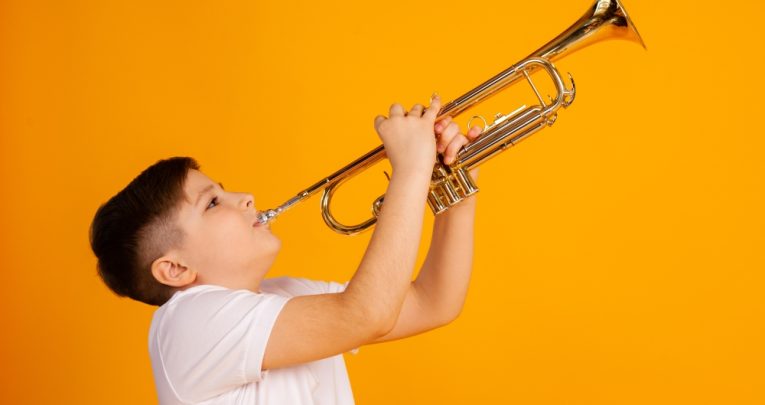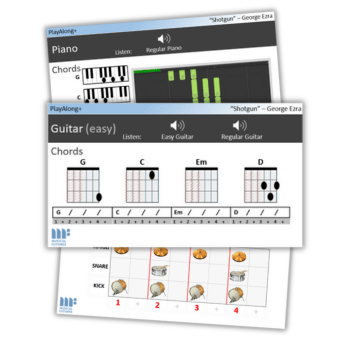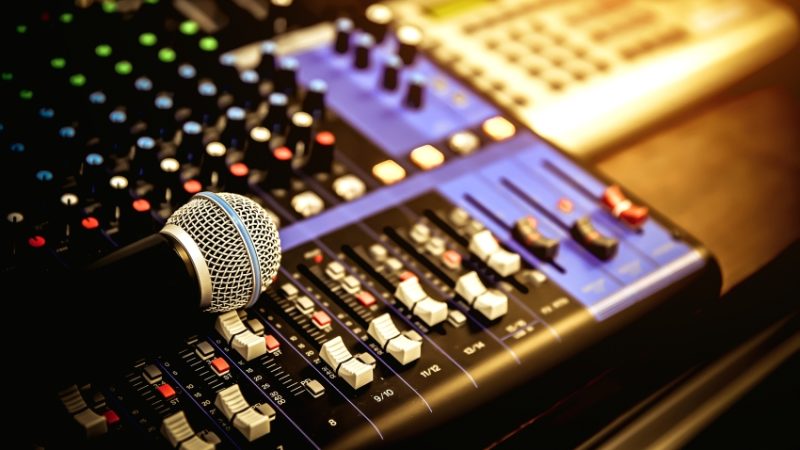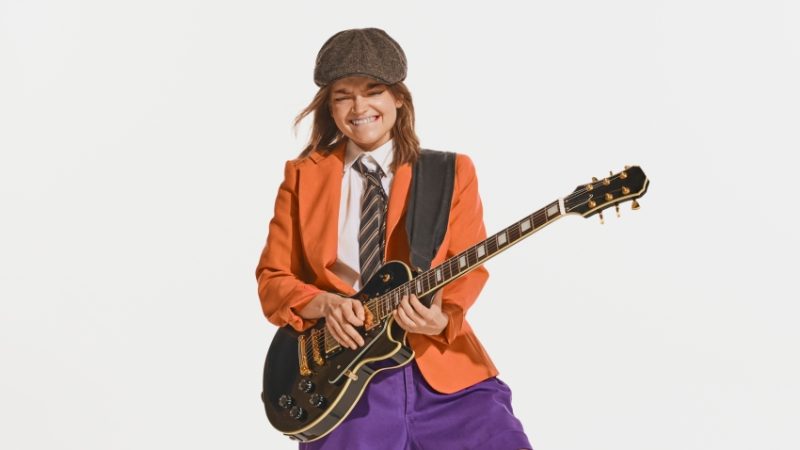Playing a different tune – Music education in a post-COVID world

Dr Jodie Underhill examines the impact of COVID-19 on schools’ music provision, and the practical considerations that now need to be observed…

The DfE updated its specific guidance for music teaching in schools in August this year, as a result of scientific research into singing, wind and brass playing. These had previously been considered potentially higher risk activities, and thus restricted under the initial guidance for the full reopening of schools in England.
The latest guidance outlines a number of mitigating measures that schools should observe when planning and delivering their music provision. At the time of writing, Scottish guidance for schools states that singing, wind and brass playing should be avoided ‘initially’, and that movement between schools by peripatetic staff should be kept to a minimum ‘until further notice’. There are no music-specific restrictions or guidance for Wales and Northern Ireland.
The guidance has meanwhile provided English schools with a range of mitigating measures to allow music education to continue as safely as possible, and allow pupils to receive the full curriculum to which they are entitled.
Classroom music
Initial DfE guidance circa July 2020 expressed the department’s desire for a broad and balanced curriculum, but placed restrictions on music teaching and the number of pupils able to participate in activities such as singing, brass and wind playing. It also raised concerns around specialist rooms, and put in place the requirement for equipment to either be cleaned between uses by different pupil ‘bubbles’, or rotated and left unused for up to 72 hours.
While these particular restrictions have since been lifted, the way in which classroom music is taught will continue to vary between schools depending on a number of factors, such as how bubbles are organised and school building layouts. Some music teachers will be able to return to their specialist classrooms and equipment, albeit while taking care to observe additional measures such as social distancing, increased ventilation and tighter hygiene practices. Others may have to move between non-specialist classrooms and adapt their usual teaching methods and schemes of work. The late publication of music teaching guidance has meant that for some schools, there simply hasn’t been time to change their existing plans.
Visiting teachers
The guidance is clear that peripatetic music teachers can presently continue to work in schools. They’re allowed to move between schools, but must be careful to observe social distancing between pupils and other adults and shouldn’t provide physical correction during lessons.
For their part, schools will have to consider the teaching spaces they have available for instrumental lessons. Existing practice rooms may not allow for sufficient social distancing (currently 2m for face-to-face activities without mitigations) and may not meet revised ventilation requirements. Some schools might be able to offer alternative classrooms during the school day, but at others, availability of such spaces may be limited to before or after school hours. Some schools have reportedly set up laptops in practice rooms, so that pupils can attend online lessons during the school day whilst the instrumental teacher teaches the lesson from home.
It’s clear that that while there may be challenges in resuming face-to-face instrumental lessons, with appropriate flexibility, planning and a willingness to meet those challenges head on, pupils can continue to develop their instrumental skills within school settings. This is vitally important for those pupils unable to access instrumental lessons outside of school, and for those pupils taking GCSEs, A Levels, Scottish Nationals and Highers in music.
Orchestras, ensembles and choirs
Scientific research into singing and the playing of wind and brass instruments thus far doesn’t suggest that these activities present a higher risk than speaking and breathing at the same volume, but there is still some concern regarding associated risks of aerosol transmission, increased volume and larger numbers of people in a limited space.
As a result, larger groups shouldn’t sing or play together unless there are mitigating measures in place. These include using larger rooms (preferably with as much space as possible), ensuring adequate ventilation for the numbers present, limiting those numbers where appropriate and strict social distancing.
Where large spaces, such as gyms and halls, are shared between departments, there may need to be some compromise as to who can use the space and when, to allow pupils to access all forms of extracurricular activity. Where larger spaces aren’t available, group sizes will have to be reduced based on the size of the room and potential to socially distance.
The current guidance of 2m will apply to each singer and player, and between singers, players and other individuals such as conductors and accompanists. Choir and ensemble rehearsals may also have to take into consideration their school’s organisation of bubbles, which may, for example, restrict rehearsals to one particular year group.
Beyond these considerations are other mitigating measures that will perhaps be easier and more practical for schools to implement. The preferred positioning for pupils playing and singing is now back-to-back or side-by-side, since face-to-face contact is considered to carry the highest risk. Wind and brass players should be positioned in a way that ensures air from their instruments doesn’t blow into another player. Singers should be encouraged to sing quietly or use microphones wherever possible.
For other instruments and musical equipment, increased hand-washing before and after handling should be required, especially if they’re being used by more than one person. The handling of scores and parts should be limited to those using them. Shared items, including chairs and music stands, should be regularly disinfected and pupils should clean their own instruments where possible. That said, the sharing of instruments and equipment should generally be avoided as much as possible.
Other considerations
Face coverings have been introduced in schools in England, Scotland and Northern Ireland, but the guidance has generally been that these only be used in corridors and in communal areas. The Welsh Government has asked schools and LAs to undertake risk assessments to determine if face coverings are necessary for staff and pupils in communal spaces. As such, there is no guidance suggesting that pupils and staff should wear face coverings in music lessons or musical rehearsals, at least for now.
There’s a wealth of guidance from organisations around the world, based on scientific studies, which has advised taking various mitigating measures, including the wearing of masks during rehearsals when not actually singing or playing, and the use of screens between instrumental teachers and pupils. This guidance often also includes suggestions for alternative curriculum models, alongside information on instrument hygiene and general teacher wellbeing.
Teachers may well find these supplementary suggestions useful, and can read more about them in a comprehensive and periodically updated Global Literature Review published by the ISM.
The ISM is continuing to conduct research into the impact of COVID-19 on music education across the UK and publish its findings, the latest of which can be found at ism.org/surveys.
Dr Jodie Underhill is a research associate at the Incorporated Society of Musicians; for more information, visit ism.org or follow @ism_music











